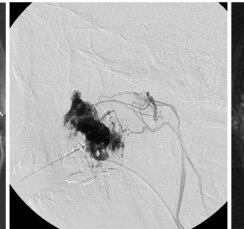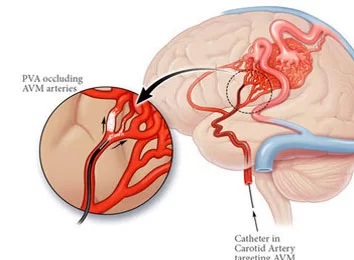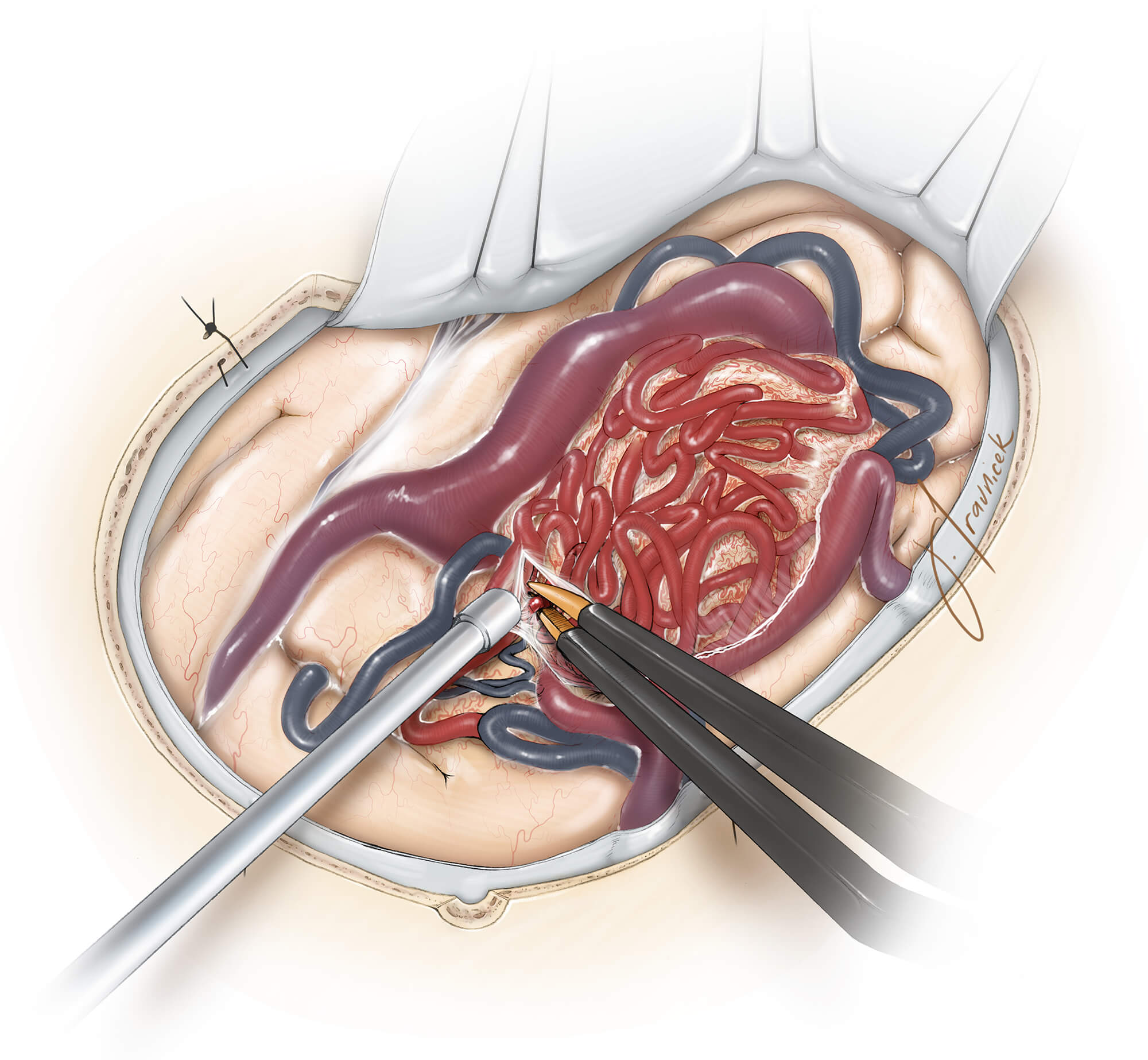Head and neck vascular malformations
- Home
- Head and neck vascular malformations
What is Head & Neck Vascular Malformations

Symptoms of Head & Neck Vascular Malformations

- Symptoms of vascular malformations depend on the type. Vascular malformations that affect your skin may look like a raised red, blue, purple, brown or black birthmark. These marks may swell, bleed or cause pain.
- AVMs of the brain that bleed can cause headaches, seizures or muscle weakness (paralysis) on one side of your body.
- Venous malformations can cause body aches, pain, swelling, problems with blood clotting and organ damage.
We offers patients with head and neck vascular malformations a comprehensive and multidisciplinary approach to management
Sclerotherapy

Embolization

Surgical Excision
Achieve Complete Removal: Surgical excision aims to completely remove the vascular malformation while preserving surrounding vital structures and minimizing the risk of recurrence. Dr. Patil employs meticulous surgical techniques to ensure optimal outcomes

Through the integration of advanced techniques such as sclerotherapy, embolization, and surgical excision, Dr. Santosh B. Patil offers patients with head and neck vascular malformations a comprehensive and multidisciplinary approach to management. By addressing each patient’s unique needs with precision and expertise, Dr. Patil empowers patients to achieve improved symptom control, functional restoration, and enhanced quality of life.
Frequently Asked Questions
Head and neck vascular malformations are abnormal clusters of blood vessels that can lead to symptoms such as pain, swelling, disfigurement, and functional impairment. Depending on the type and location of the malformation, symptoms may vary.
Head and neck vascular malformations encompass a range of conditions, including arteriovenous malformations (AVMs), venous malformations, lymphatic malformations, and hemangiomas, among others. Each type presents with distinct characteristics and requires tailored treatment approaches.
Sclerotherapy involves injecting a sclerosing agent directly into the abnormal blood vessels, causing them to shrink and close off over time. This minimally invasive procedure can effectively reduce the size of vascular malformations, alleviate symptoms, and improve cosmetic appearance.
Surgical excision may be recommended for larger or deeper vascular malformations that are not amenable to less invasive treatments such as sclerotherapy or embolization. It may also be indicated for malformations located in critical anatomical regions or causing significant functional impairment.
Embolization involves blocking the blood flow to abnormal vessels using tiny particles or coils inserted through a catheter. This procedure can be used to reduce blood flow to the malformation, alleviate symptoms such as bleeding or pain, and prepare the lesion for surgical removal, if necessary.
Coverage for head and neck vascular malformation treatments may vary depending on your insurance plan and the specific details of your policy. Our clinic can assist you in verifying insurance coverage and navigating any financial considerations associated with treatment.

